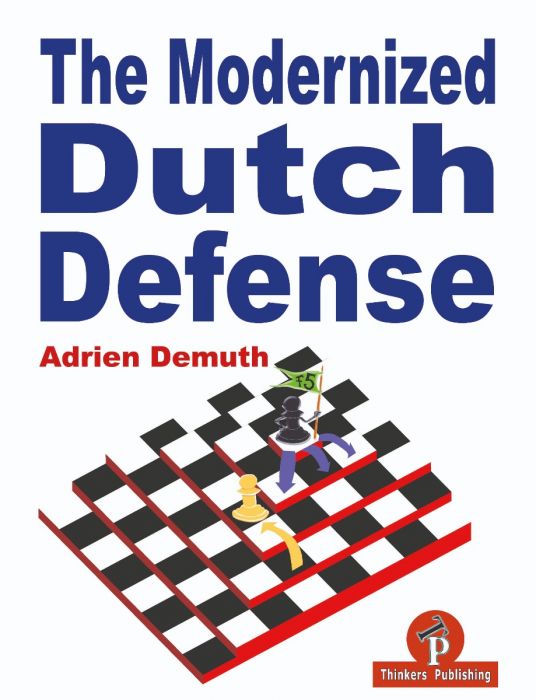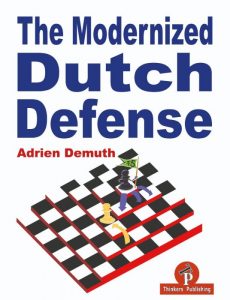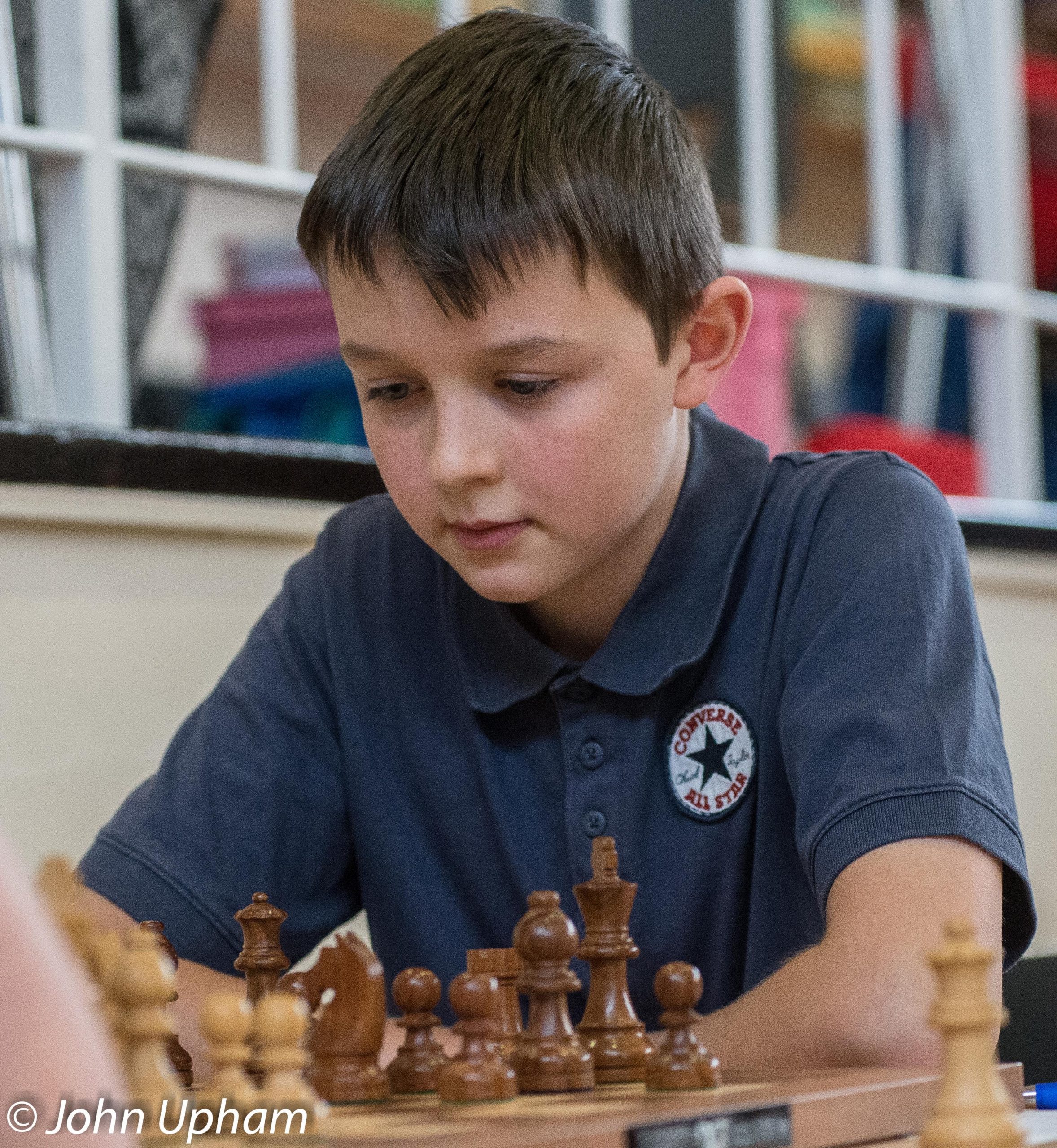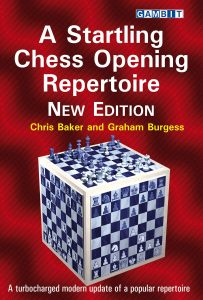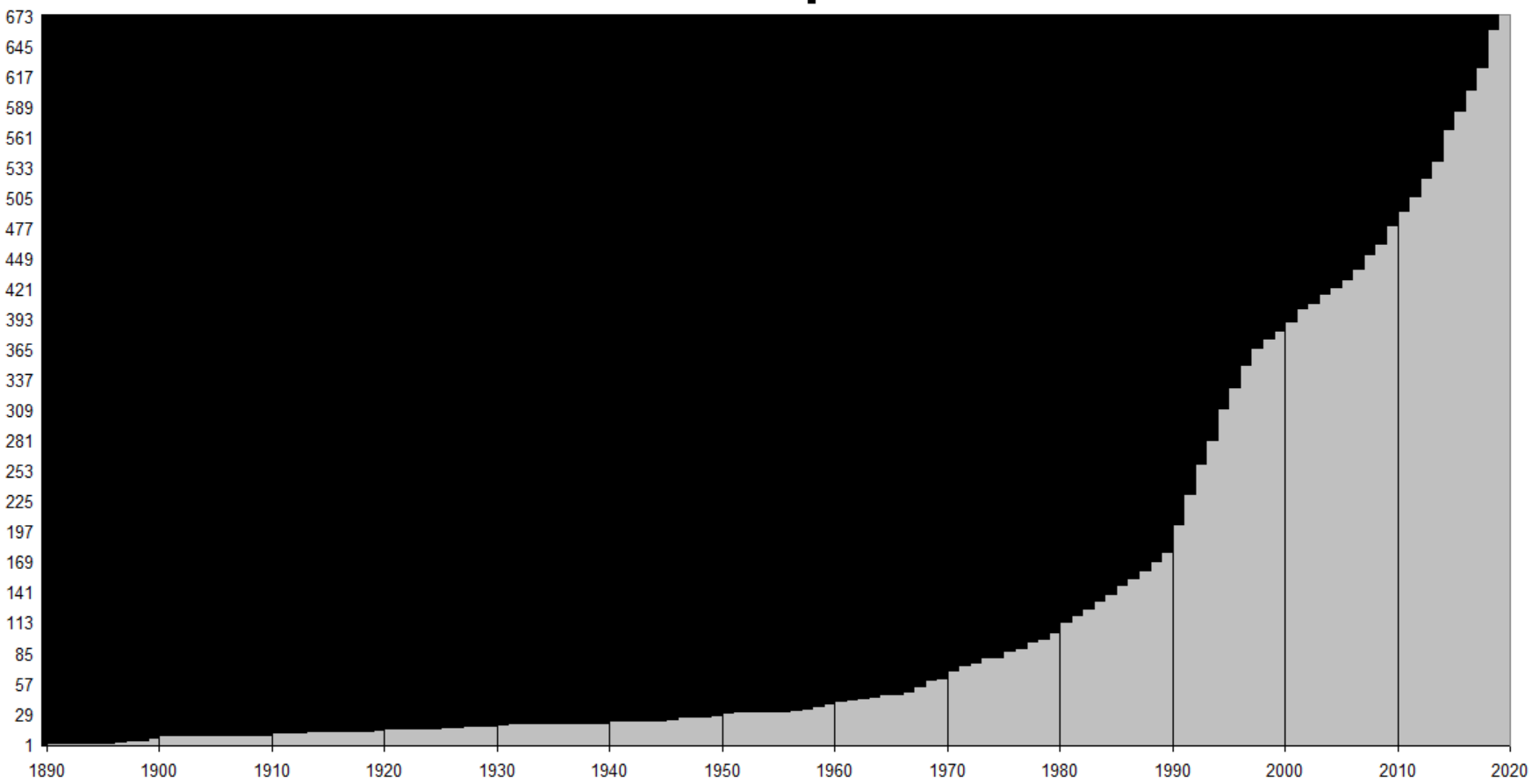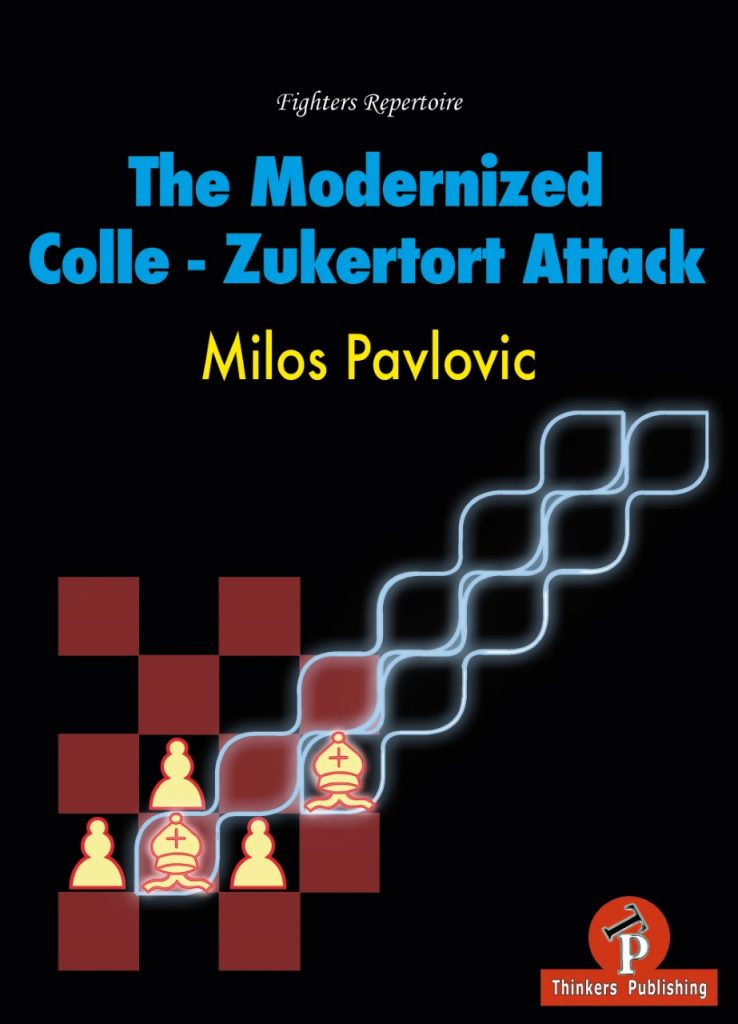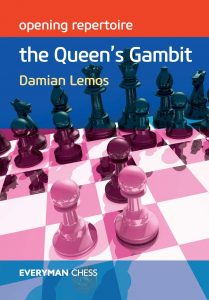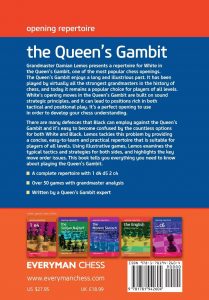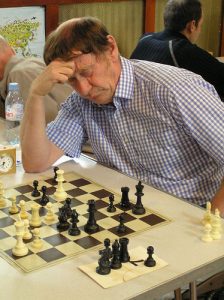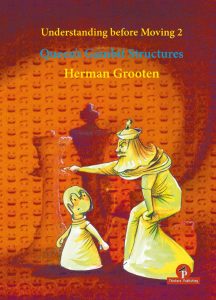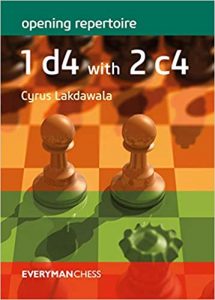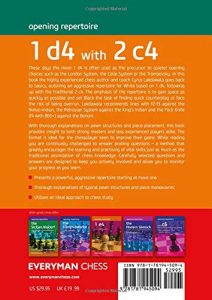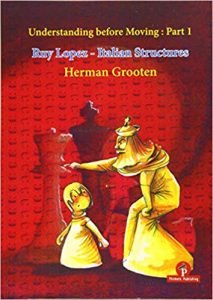The Safest Grünfeld Reloaded : Alexander Delchev
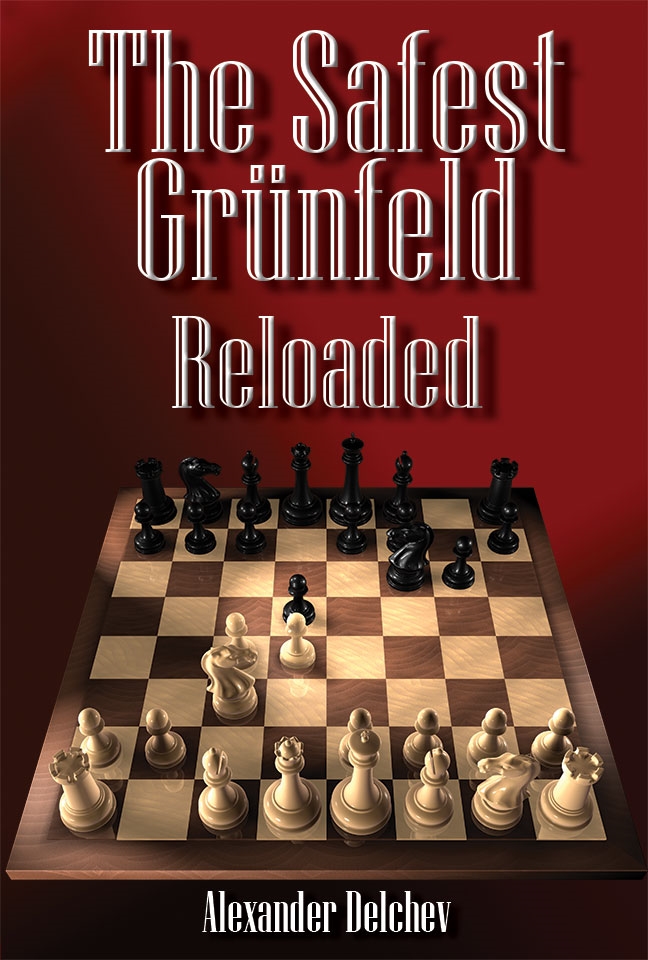
From Wikipedia :
Aleksander Delchev (Bulgarian: Александър Делчев; born 15 July 1971) is a Bulgarian chess player and writer. He was awarded the title of Grandmaster by FIDE in 1997. Delchev won the Bulgarian Chess Championship in 1994, 1996 and 2001. He played for the Bulgarian national team in the Chess Olympiads of 1994, 2000, 2002, 2004, 2006, 2008, 2010 and 2012 with a performance of 64.6% (+36=34-12).[1]
Selected tournament victories include the European Junior Chess Championship (1991–1992), the 47th Reggio Emilia chess tournament (2004–2005),[2] the 4th Open Master at the Sixth International Chess Festival in Benidorm (2007),[3] the International Open Championship of Croatia (2007)[4] and the Open International Bavarian Chess Championship in Bad Wiessee (2005[5] and 2013).[6] In 2011 he tied for 2nd-7th with Julio Granda, Ivan Šarić, Pablo Almagro Llamas, Maxim Turov and Mihail Marin at the 31st Villa de Benasque Open.[7]
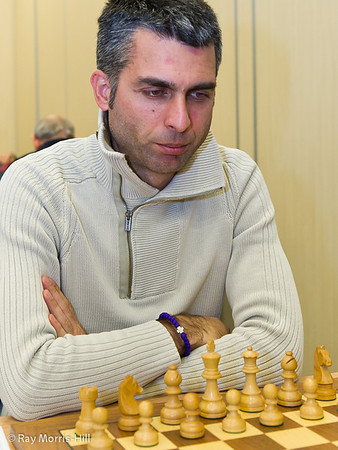
This new book is an extensive rewrite and update of the original (2011) edition by GM Delchev going from 348 to 352 pages.
From the Foreword we have :
This book is a completely new edition of the original The Safest Grünfeld of 2011. I rechecked all the lines and changed my recommendations according to latest developments of theory and my new understanding. Especially the anti-Grünfeld chapters are basically new. In my opinion top players have long lost hope to find advantage in the main lines and try early deviations. Anand chose 3.f3 against Gelfand and 5.Bd2 against Carlsen. So I devoted special attention to the Sämish approach with two different propositions. 3…Nc6 is less studied and probably more rewarding from a practical standpoint, while 3…d5 is in perfect theoretical shape, but requires more memorization. Every too often White players try to avoid the Grünfeld by refraining from d4 or c4. I added an additional chapter on the very topical lately Trompowsky and Barry/Jobava attack. The 7.Bc4 system in the Exchange Variation, and the Russian System have also underwent a major reconstruction
According to the author “The material in this book is up to date to the end of July, 2019”.
Chess Stars publications have earned themselves a prestigious place amongst publishers of opening theory books and “The Safest Grünfeld Reloaded” reinforces this reputation for sure. Their books are definitely not for beginners and moreover they are for serious players who want to know an opening deeply and in much detail. You can be sure that the analysis is at the sharp end of tournament practice by an author that plays the opening rather then just writes about it.
We have a total of fourteen chapters as follows :
- The Fianchetto System
- The Bf4 System
- The Bg5 System
- The e3 System
- The Russian System 5.Qb3
- Rare Lines. Deviations on move 5
- Rare Lines. Deviations on move 7
- The Exchange System 7.Be3
- The Exchange System 7.Nf3
- The Exchange System 7.Bc4
- SOS Systems
- The Sämisch Anti-Grünfeld – 3.f3
- The English Anti-Grünfeld
- The Queen’s Pawn Anti-Grünfeld
(The “SOS Systems” chapter is coverage of somewhat speculative lines for White that have appeared in the New in Chess SOS series such as lines with h4, g4 and the like.)
For completeness there is a Bibliography, an Index of Variations, a Table of Contents but no Index or List of Games.
The treatment of each chapter more or less follows the same pattern and structure throughout : Each chapter is divided into sub-chapters as follows :
- Main Ideas : Objectives, Move Orders, Basic Plans & Structures, and Typical Tactical Motifs
- Step by Step : detailed analysis of the line(s)
- Complete Games : a handful of high quality games are analysed in detail
and this is pretty much the pattern for each chapter.
As a taster we delved into Chapter 5 on the topical Russian System
since this includes some of the sharpest and most highly analysed positions. The first main starting position is :
at which point Black has sensible choices such as 7…a6 (The Hungarian Variation), 7…Na6 (The Prins Variation), 7…Bg4 (The Smyslov Variation), 7…c6 (Boleslavsky) and 7…Nc6 (un-named but first employed in 1957 by Donald Byrne versus Reshevsky). Out of these the author recommends The Hungarian Variation as the Black’s primary weapon and failing that Black should consider 7…Nc6 (the “fallback” line) and an implied pawn sacrifice giving Black huge activity whilst White’s centre is under siege. Indeed, 7…Nc6 is labelled as “Hot” in Megabase 2020 and features regularly in current GM practise by such Grünfeld specialists as Peter Svidler and Maxime Vachier-Legrave.
Here is one of the example games (annotations not included here) :
The author is quite candid about his recommendations giving their strengths and weaknesses and there is definitely no “Winning with the Grünfeld” flavour to this objective tome. Generally the student can make their own choices to suit their own style.
In summary, this second edition is a substantial update and improvement of a first edition and we recommend it heartily to the serious player who finds themselves on the White or Black side of one of the most interesting defences to d4 & c4.
John Upham, Cove, Hampshire, January 10th 2020

Book Details :
- Hardcover : 352 pages
- Publisher: Chess Stars ltd (2019)
- Language: English
- ISBN-10: 6197188252
- ISBN-13: 978-6197188257
- Product Dimensions: 14.5 x 2 x 21.5 cm
Official web site of Chess Stars Publishing


